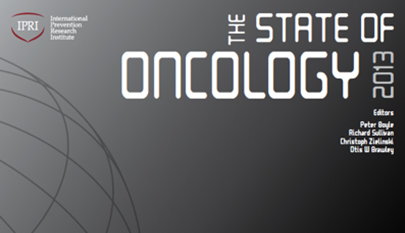The State of Europe’s Fertility: Causes, Consequences & Future Policies
Ajay Aggarwal, Arnie Purushotham and Richard Sullivan
Sub replacement fertility levels have persisted across Europe since the 1980s. This has resulted in a demographic transformation within Europe characterised by population ageing, a decline in population growth, and a subsequent rise in old age dependency ratios. European governments are increasingly concerned about their country’s prospects for future economic growth, as well as the burgeoning effect on social and health care costs, in the context of a reduced tax base. This has led to several governments adopting pronatalist policies. This article analyses the relevant theories to date to explain the conceptual basis for fertility decline and the significant variation that exists across European regions. It appraises current policies designed to reverse low fertility rates. In Northern Europe, policies which have encouraged female labour participation, gender equity, and provided benefits to reduce the opportunity cost of children have had a partial effect, but overall the evidence indicates that sustained reversal of low fertility rates throughout Europe is unfeasible as many policies are likely to be based on a misunderstanding of the aetiology of this decline. The challenge for Europe is to re-engineer its economic paradigm to embrace this demographic transition rather than continue to try and reverse it.

















